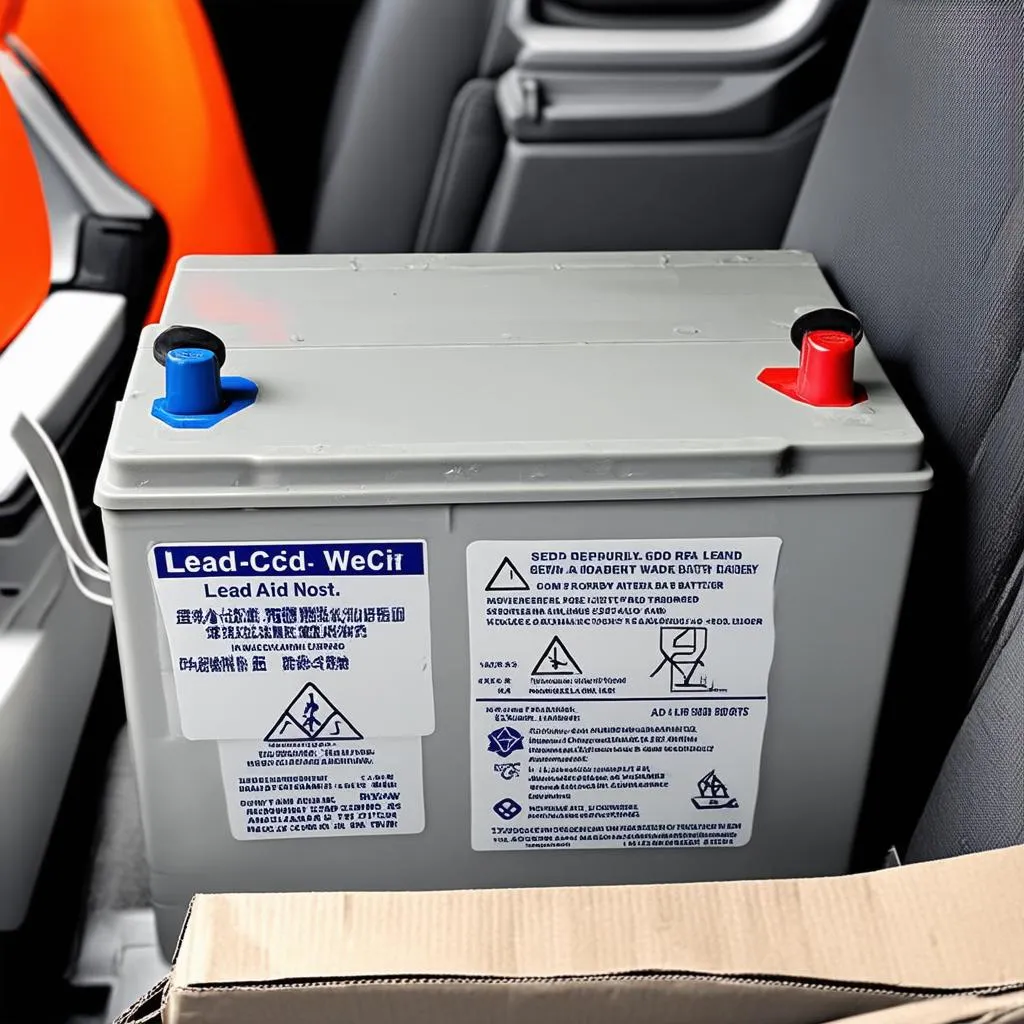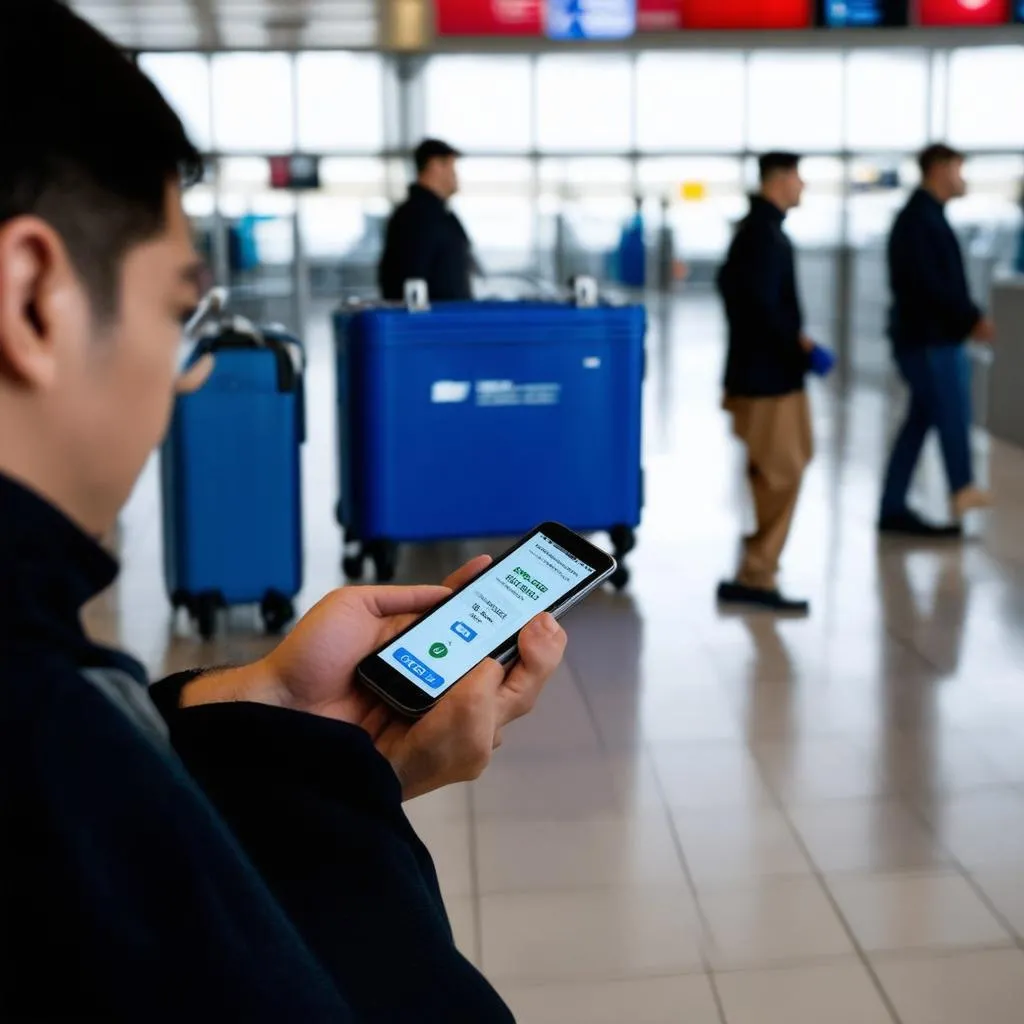Planning a trip and wondering if you can pack your trusty lead-acid battery? You’re not alone! Many travelers find themselves pondering this question, especially when prepping for a camping trip or bringing along powered equipment. Let’s dive into the regulations surrounding lead-acid batteries and air travel to ensure a smooth journey.
Understanding the Regulations
First things first, it’s crucial to understand that lead-acid batteries are classified as “dangerous goods” due to their potential to leak corrosive acid. This classification doesn’t automatically make them a no-go for air travel, but it does mean there are specific regulations to follow.
FAA and IATA Guidelines
Both the Federal Aviation Administration (FAA) in the US and the International Air Transport Association (IATA) have set guidelines for transporting batteries on aircraft. These regulations primarily focus on:
- Battery Type: Lead-acid batteries fall under the “wet cell” category.
- Battery Size and Capacity: The watt-hour (Wh) rating of your battery is key.
- Packaging: Proper packaging is essential to prevent spills and damage.
 Lead-acid battery with secure packaging
Lead-acid battery with secure packaging
Can You Bring Lead-Acid Batteries on a Plane?
The short answer is: it depends. Here’s a breakdown:
As checked baggage:
- Generally not allowed. Most airlines prohibit lead-acid batteries as checked baggage due to safety concerns. This is primarily because the cargo hold is often not temperature-controlled, increasing the risk of battery leakage.
As carry-on baggage:
- Possibly allowed, with restrictions. Some airlines may allow small, sealed lead-acid batteries (like those used in mobility devices) as carry-on baggage, but this is subject to strict regulations and airline approval.
Shipping separately:
- Often the safest and most reliable option. If you need to transport a lead-acid battery, shipping it separately through a specialized carrier equipped to handle dangerous goods is often the best course of action.
Tips for Traveling with Lead-Acid Batteries
If you do need to travel with a lead-acid battery, here are some essential tips:
- Contact your airline: Always contact your airline well in advance to confirm their specific regulations regarding lead-acid batteries.
- Check battery specifications: Note your battery’s watt-hour rating and other relevant information.
- Invest in proper packaging: Use a spill-proof, acid-resistant battery box.
- Label clearly: Label the battery container with “Dangerous Goods,” “Battery,” and your contact information.
 Traveler checking airline baggage regulations on a smartphone
Traveler checking airline baggage regulations on a smartphone
Planning Your Trip?
Navigating the world of travel regulations can be tricky. Remember, safety always comes first! For expert advice on planning your next adventure, explore TRAVELCAR.edu.vn. We’re here to help you navigate the ins and outs of travel, from packing tips to destination guides.
FAQs about Lead-Acid Batteries and Air Travel
Q: Can I bring my car battery on a plane?
A: Car batteries are typically large lead-acid batteries and are generally not allowed as checked or carry-on baggage.
Q: What if my lead-acid battery is sealed?
A: Even sealed batteries can pose a risk. Always check with your airline for their specific policies.
Q: What are the risks of improper battery transport?
A: Improperly transported batteries can leak, causing damage to luggage and posing a fire hazard.
Q: Can I pack my lead-acid battery in my checked baggage if it’s disconnected from my device?
A: No, disconnecting the battery does not change its classification as a dangerous good. Always check with your airline for guidance.
Q: Where can I find reliable information on dangerous goods regulations?
A: Refer to the official websites of the FAA (faa.gov) and IATA (iata.org) for the most up-to-date information.

